Cabbage - nutritious and valuable vegetable culture, known all over the world. Cooking many dishes, pickles and winter blanks is impossible to imagine without such an ingredient as cabbage. A special place in the winter menu occupies a useful and beloved by many sauer cabbage. Late cabbage is largely grown, mainly for processing and long-term storage. In this regard, there are certain features of cultivation and dates of planting vegetable culture. About how to grow late cabbage - in today's selection of material. Recommendations of experienced gardens, step-by-step instructions and agrotechnics of the process, photo and video selection will help to easily cope with the task even novice gardener.
Late cabbage, plant description
- Cabbage garden is a famous agricultural culture of cabbage family, which previously belonged to the cruciferous.
- Wild kale ancestors produced, according to most botany, on the shores of the Mediterranean. In modern culture, the cabbage is most common in regions with a temperate climate.
- The name "Cabbage" is translated from Latin, as the "head", in the similarity of the Kochan plants, which often is called the "cabbage head".
- Cochanid applies to biennium plants, flowering and ripening of whose seeds occurs in the 2nd vegetation season. During the first season, the most valuable productive part is formed and formed, the cabbage coach, which is directly used in food.
- Stem cabbage is not very high, while completely refrigerated. More often, thickened stem cabbage is called "Kochier".
- Large and fleshy leaves form a dense root rosette on the stem, forming a tasty and nutritious cabbage. The color of the leaves has a junction - green shade.
- Late and early cabbage varieties are distinguished by the amount forming on the stem-numor, cochetic leaves. The late cabbage is about 25-30 pieces, whereas the early cabbage is twice as smaller. Depending on the number of leaves, loose or dense kochan cabbage is formed.
- Numerous flowers are collected in the inflorescence of a brush. The length of the color-point escape is about 150 cm.
- The fruit in the cabbage is represented by a pod of quite large sizes with dark seeds reaching up to 2 mm in length.
- The root of vegetable culture - rod, well branched to a depth of up to 50 cm.
- In culture, the plant is cultivated as an annual, because in the 1st year the edible kochan and cabbage leaves have their food value.
- The growing season for late sorts of cabbage is the longest and includes about 150-245 days. For comparison, the rates of early cabbage for aging will be needed only 70-130 days.
- Cabbage, especially its late varieties, is considered a cold-resistant culture. In this case, the degree of farming depends on the variety and conditions of cultivation of the plant.
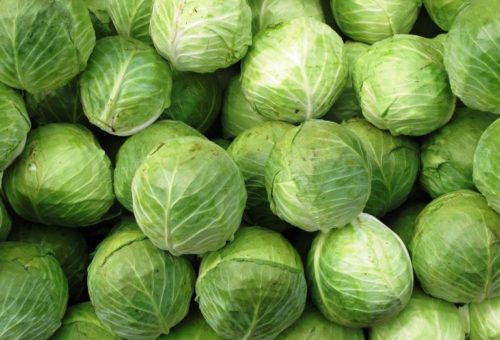
Late cabbage, culture application
- Cabbage The garden has long been considered valuable and nutritious vegetable culture, widely used in food. The plant is valued due to a rich content in the leaves of nitrogenous substances, fats, proteins, vitamins, mineral salts and carbohydrates. From vitamins the most valuable are: vitamin A, vitamin B1, vitamin R, vitamin C, vitamin B6, vitamin K, vitamin U, and others.
- Late cycle variation is mainly used for various winter blanks and pickles. Thanks to the more dense texture of the leaves, the late cabbage is ideal for long-term winter storage. At the same time, the high-quality kochan of late sorts of cabbage should be dense and strong.
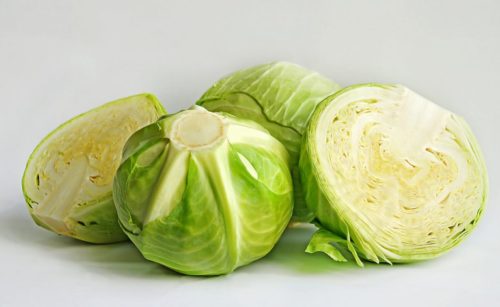
- In addition to the taste, the plant has therapeutic properties known since a long time. The use of cabbage leaves is recommended for many digestive system diseases, including stomach ulcers, duodenum. Folk medicine applies cabbage juice for wound healing, cholesterol removal, blood sugar reduction, improvement of intestinal peristals. Valuable dietary culture, cabbage, is shown to use people suffering from gout, atherosclerosis, gallstone disease, as well as the dietary component in excess body weight.
- Cabbage juice is widely used in cosmetology, as it has a rejuvenating and efficient regenerating effect. From juice make a variety of lotions, cosmetic masks and scrubs.
Peculiarities of late cabbage
- Late varieties of cabbage have a number of distinctive qualities that allow the use of vegetable culture not only for the preparation of a variety of dishes, but also for long-term winter storage, to salting and quay.
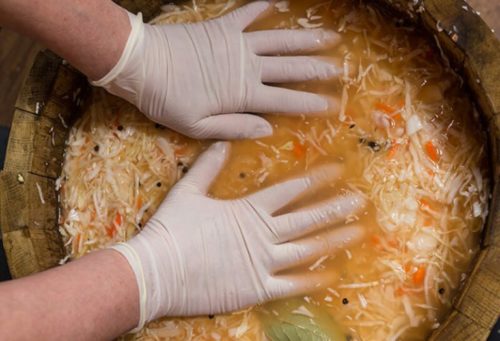
- Late varieties of cabbage are characterized by the highest yield, ability to prolonged lasting and storage (up to 9 months), resistant to various diseases and pests. It is important that when storing cabbage neither appearance nor taste quality of vegetable, no way deteriorate.
- In addition to these advantages, the late cabbage is characterized by the presence of a larger number of leaves, tightly adjacent to each other. At the same time, the leaves in the late varieties are tougher and elastic. Such cabbage forms dense and solid kochens, which allows cleaning the mechanized method and is a large "plus" with mass plantings of vegetable culture.
- A variety of late cabbage is not inclined to accumulate nitrates.
- Most of the varieties of late cabbage have an unusual property: during storage, the taste of cabbage is becoming more pleasant and saturated than immediately after harvesting.
- Late cabbage has the longest period of vegetation, while characterized by increased cold resistance, and is not afraid of the first autumn frosts.
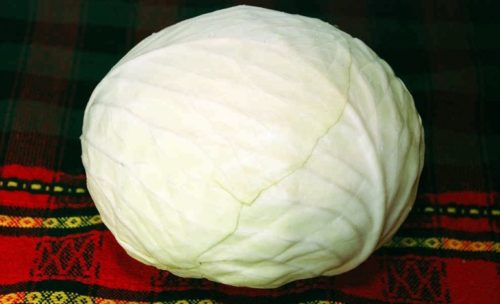
Late cabbage varieties
Currently, many varieties and varieties of late cabbage are cultivated. Along with modern hybrids, still popular grade varieties of lateral crops are popular.
There are several varieties of cabbage, widely used in private garden or collective farms. Among the red, colored, white, Chinese, Portuguese, Brussels, Savoy cabbage, Kohlrabi and Broccoli, most common is still the white-eyed surface of the cabbage.

Consider the best varieties of white late cabbage.
- Cabbage late "aggressor". The hybrid variety of late white cabbage from Dutch breeders. Due to the slow and gradual formation of Kochan, the cabbage is dense, without cracking. The variety is not demanding in care, resistant to most characteristic of cabbage crops, diseases (fusariosis, black leg, phytoofluorosis). In addition, this type of late cabbage is little susceptible to attacks of pests such as caterpillar, fault or cruciferous flew. Cabbage is distinguished by high taste and ideal for chain and salting. One of the most famous varieties is "aggressor F1", unpretentious and hardy.
- Cabbage late "Mara". In Belarus occupies a leading position among late cabbage varieties. The growing season of ripening takes only 170 days. Ripe cabbage heads can reach 4-5 kg. Cochan color dark green, with visible waxing. White cabbage is distinguished by a high degree of storage and can be perfectly saved until the beginning of May. It is characterized by increased resistance to rot or mechanical damage. Widely used for chairs.
- Cabbage late "Moscow". Excellent white grade with high yield and long storage (until May-June). Under favorable conditions, the variety is capable of forming large dense heads reaching up to 10 kg of weight. The shape of the heads slightly flavored. This variety is characterized by increased resistance to such common in the cross-colonic disease, as Kila (root growths).
- Cabbage Late "AMEGER". The best variety of late cabbage designed for chairs. High-yielding, juicy grade forms dense and compact, up to 5 kg, green hue cabbage heads. In the context, the kochan cabbage has a white color. It is characterized by good breeding during the whole winter period, not afraid of transportation and characteristic of the cabbage of diseases. The aging period is short, about 160 days.
- Cabbage late "Snow White". Practical variety of white cabbage with highly healing qualities and storage time around 8 months. Recommended storage temperature - not lower than +8 0WITH.
- Cabbage Late "Megaton F1". Late variety with the least aging period of only 130 days. The weight of one head, on average, is about 5 kg. Hybrid variety, highly resistant to fungal diseases and pests. Transportable, average shelf life - about 5 months.
- Cabbage Late "Kolobok". Judging by the name of the variety, the heads of white cabbage have the correct, rounded shape. Vegetation period - about 150 days. Heads are dense, reach approximately 5 kg, resistant to cracking, green shade. In the context, Kochan cabbage has a white color and a slightly bitter taste disappearing with time (during storage). The grade is resistant to rot, fusariasis, bacteriosis. Cabbage is subject to long-term storage to 8 months.
- Cabbage late "wintering 1474". Highly frost-resistant grade, perfectly "feels" even in the northern regions of the country. The grade is resistant to fungal infections, it is designed for storage for 5 months.
- Cabbage late "gift." Cabbage heads of this variety have a rounded shape, a dense texture and a small weight (up to 3 kg). Vegetable culture is resistant to cracking, is widely used for starters.
- Cabbage late "Rusinovka". High-yielding average late variety with good taste. Cabbage heads are dense, resistant to cracking and infection with black leg or bacteriosis. It is used both in fresh form and in the recycled (per capita).
- Cabbage late "transam F1". Hybrid variety of Netherlands breeders, distinguished by friendly ripening heads. Cabbage of small sizes, compact and relative to the right form. The mass of one ripened coach varies from 1.5 to 3 kg.
According to the reviews of many summer houses and gardeners, among the late sorts of cabbage, should also be noted such as: "Valentina", "Sugar head", "Lice F1", "Kolobok F1", "Grenader", "Bingo", "Bronko", "Python", "Amraz".
Landing late cabbage
Late cabbage can be grown by a seaside or sowing seeds immediately into the open ground.
The most important and urgent question arising in the process of growing cabbage with late maturity time: "When should I sow late cabbage?"
Consider in detail the time and technology of landing late cabbage, from the moment of the preparation of the soil before planting the plant in the open ground.
Latest cabbage landing time
When should I plant a late cabbage?
Dates of sowing late cabbage depends on how vegetable culture will be grown.
- In the case of sowing cabbage to seedlings, seeds are seeded in March-April, depending on the climate of the region. At the same time, it is important to calculate that the seedlings to open in the open ground will have to be about 1 month (maximum 1.5), which means that time should be established warm and favorable weather.
- Sowing seeds immediately in open ground is carried out in the second half of April or at the beginning of May. More specific time must relate to weather conditions for this or that region. In any case, that the seeds go, the soil must warm well.
- Too early sowing will slow down the development of seedlings, since the weather conditions will not conducive to further their development. Belaced dates of planting cabbage are also not desirable, because some late varieties will not have time to form a high-fledged cabbage coach until the end of the autumn.
- Seedlings are best putting on cloudy weather (or in the evening). At the same time, the first week after landing, you will need to protect seedlings from the bright sun by the leaves of the burdock or coniferous branches.
Preparation of late cabbage seeds for sowing
- Collected self-seed cabbage are subject to mandatory predetermination.
- First, the seeds calibrate, removing too small (less than 2 mm), damaged or dedicated instances.
- Then, all seed material is placed in a linen bag and leave it for 20 minutes in hot water (with a temperature of about 50 0WITH). After the "hot" procedure, the bag with seeds is washed in cold water for a few minutes.
- After this hardening procedure, additionally, you can soak seeds in a rapidant solution (pink color) for 20-30 minutes. Disinfection will avoid the manifestation of fungal diseases, in case of seed infection.
- And finally, cabbage seeds leave for the night in a solution of nutrient trace elements. Ideally suit any solution of growth stimulator ("epin", "Silk", "Gumat").
- After soaking the seeds on a day, leave in the refrigeration chamber.
- Such procedures help to accelerate the germination of seeds, increase the cold resistance of the culture and endurance of cabbage to a number of diseases.
- Slightly dried in the refrigerator seeds, you can plant in the ground.
Crossing late cabbage ever
About when to plant a late cabbage to seedlings was considered in the section "Latest cabbage landing."
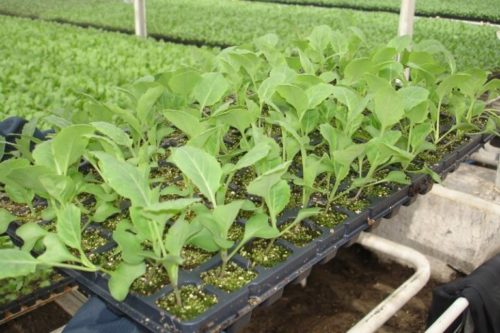
Where best to suck seeds late cabbage?
- For seeding, seeds at seedlings are immediately prepared by the landing box, in which the purchased or cooked natural soil is poured. For the preparation of the soil substrate is mixed in equal proportions of sand, ground, humid and peat. Using the usual land from the garden, it is important to pre-expose it to disinfect (rolling in the oven and shed a heatman solution).
- To grow a healthy full-fledged seedlings of late cabbage, it is possible to use a shallow (25-30 cm) wide container or individual containers as a landing box. Separate cups allow no seedlings in the future, which means that they do not injure their root system. When landing seeds in a common container, seeds should be placed with an interval between individual cabbage instances of approximately 1.5-2 cm.
What care is needed to shoot late cabbage?
- After sowing seeds in the ground, the container must be covered with glass or film, thus creating a vital for germinating seeds, a greenhouse effect. High-quality fresh seeds "give" shoots on the 4th day after landing.
- Capacity with seeds leave in a warm place (with a temperature not lower than 18 0C), providing seedlings regular moistening and venting. Containing the container is important not to allow drafts.
- When shoots appear, the glass coating is removed. During this period, the development of seedlings is important to observe moderate watering: so that the soil is moistened, but not excessively. With a strong moisture, the risks of development in the seedlings of such a disease as the "black leg". As the prevention of this fungal infection, the soil in the container is shed with a solution of copper sulfate or manganese (permanganate potassium). Make this procedure in about a week after the appearance of germs.
- Capacity with appeared shootings are rearranged into bright and cooler (with a temperature not lower than 10 0C) place. For optimal growth and development, cabbage seedlings is important to maintain a 12-hour daylight.
How and when to dive seedlings of late cabbage?
- When planting seeds of cabbage to a container, graduating seedlings (10-12 days) dive into separate cups. It is necessary to do it carefully not to damage the roots of seedlings. For this, the soil with a seedliness is pre-moisturized, and seedlings are removed with a small narrow blade, trying to preserve the natural square of the earth. During the dive of the root, the root tip is replicated, stimulating, such as the development of the ground part and branching side roots.
- The soil in individual cups should also be loose and easy. You can use peat tablets, which, in the consequence, seedlings are planted immediately on the bed. Picked seedlings are planted into the glasses to the level of the seedy leaves.
- The first 2-3 days after dive, seedlings are placed in a slightly shaded place for better adaptation and rooting in a new place.
When to plant late cabbage seedlings in open ground?
- An intentional seedlings of cabbage plant in open ground, approximately in April or in May. The age of seedlings at the time of the landing should be about 30-40 days, and seedlings must have 4-5 leaves.
- Two weeks before the planned seedling seedlings of the late cabbage to the garden, the procedure should be carried out by ordering seedlings. For this, the container with the seedle is put on the street first for several hours, every day increasing the time of staying in the fresh air. The tempered seedlings of cabbage is able to perfectly carry freezing to -5-7 0WITH.
- At the beginning of the hardening, it is recommended to spend out root feeding. For this, a cooked nutrient solution (1 tbsp. Urea and 1 tbsp. Potassium sulfate is dissolved in 1 bucket of water) process leaves seedlings.
- Landing seedlings Cabbage is carried out, as a rule, the "belt" way.
Growing late cabbage without a seaside way
Sowing seeds immediately at a permanent place allows you to fully preserve the rod root of vegetable culture, capable of deepening well into the soil for the "mining" of the lifeful moisture.
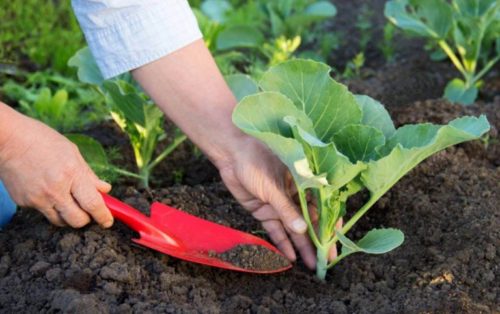
Which site should be chosen for landing late cabbage?
- Choosing a plant for planting cabbage, you should give preference to solar and open areas.
- Growing late cabbage sowing seeds immediately in open ground, it is important to initially carefully prepare a plot for sowing seeds.
- Cabbage prefers fertile air-permeable loams, with a high content of organic substances. Fertilizers in the soil are made in autumn (with a poppinge for winter) or in spring (when preparing a landing site). Good results makes it possible in the soil of humus, peat, compost, manure and wood ash, which, moreover, protects the plant from possible fungal diseases. After making the organic, the site is drunk. In the spring, it is desirable to add mineral feeding into the soil: potash salt, superphosphate or potassium chloride (in the dosage recommended by the manufacturer).
- The soil vegetable culture is not suitable with increased acidity, since then the risk of developing such a disease of the cabbage, as Kila. The optimal pH should be -7.0.
- Locking cabbage to open ground, it is important to pay attention to plants - predecessors that grew to it on the garden. Greens, legumes, onions, cucumbers, tomatoes or carrots are considered good predecessors. After the cabbage again to sow or plant the seedlings of cabbage in no case. Returning cabbage cultures to the previous place in crop rotation need not earlier than after 4 years. This period is necessary to minimize the damage to plants typical of the family of cabbage, diseases and pests.
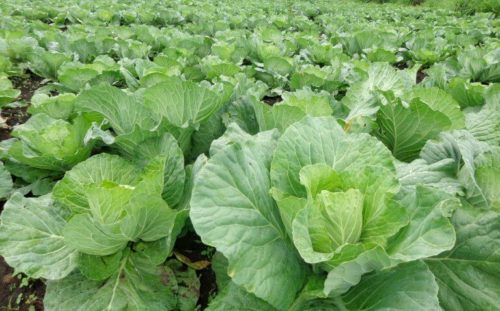
When and how to plant a late cabbage to open ground?
- Seeding seeds for a garden are carried out in the period when the soil will completely warm and will establish steadily warm weather. In the case of upcoming freezers, the site will need to be covered with a film.
- Late cabbage varieties need to be planted without thickening, as seedlings need enough light. In addition, the developing cabbage will require sufficient space for the free development of Kochanov. Traditional landing schemes: 60 x 70 cm or 50 x 40 cm, depending on the variety and available area.
- It also uses a way to fit the use of ordinary toilet paper. At the same time, the seeds are pasted on a paper strip (3 pcs every 50 cm) and unfolded into the cooked moisturized grooves, which are sprinkled with soil from above.
- The depth of seed seeds into the ground is no more than 2-3 cm. The landing is best to immediately cover with the film, ensuring the preservation of a wet, warm microclimate, so necessary for successful seed germination.
- Cabbage shoots that have appeared are best to immediately meditate with humus.
- In the event of a landing thickening, in the phase of the presence of 3-4-page seeders, the crops are thinned.
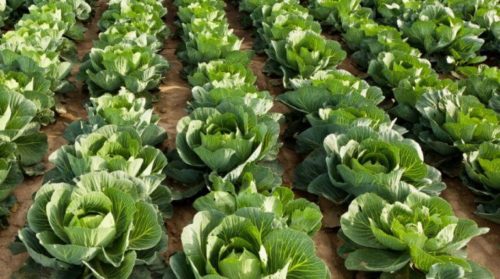
Late cabbage care features
Before collecting dense crowns of late cabbage, you should take care of the leaving culture. Watering, loosening, feeding, combating diseases - the main agrotechnical measures necessary in the process of cultivation of cabbage.
Watering and loosening late cabbage
- The moisture culture, cabbage, needs regular temperate watering.
- Watering is especially important at the stage of development of the seedlings, as well as during the bookmark and formation of cabbage kochens. During this period, in the absence of natural precipitation, the young cabbage is pouring almost daily.
- After irrigations, the ground in bed should be constantly loosen or meditated (for example, a nutritious peat). The mulch layer should be at least 5 cm. Mulching allows you to maintain a wet microclimate and loose, breathable soil structure.
- Excessive moisturizing is undesirable to form cabbage coaching, (which, in consequence, begins to crack), and also provokes the development of fungal diseases.
- A drip of a cabbage watering method has proven well, allowing you to provide the necessary humidity of the soil with the minimum water consumption costs.
- Watering cabbage culture follows only in the evening. 2-3 weeks after planting seedlings, the cabbage is plunged.
- With mass landings of late cabbage to combat weed grass, various herbicides are used ("Butyzan", "Fusidid Forte", "Lontrail", etc.).
Putting fertilizers and subcortex late cabbage
- Late cabbage are considered more demanding of additional nutritional elements, rather than its early and medieval "Sorodi".
- The fertilization dosage depends on the qualitative composition of the soil and cultures, which previously grew on the site. The more fertrige than the soil - the less fertilizers will be required. The main feeding of the soil should be carried out in the fall, after harvesting and the preparation of the plot for the winter.
- The introduction of additional feeding for cabbage is carried out during the period of active vegetation of the plant. Usually, the late cabbage is enough 3 feeding.
- The first feeding falls on the period of planting seedlings into open soil (either when forming 5 leaves on seedlings lined in bed).
- The second feeding is needed to be a plant during the bookmark of the cabbage leaves socket.
- The third dressing is made during the formation of cabbage coach.
- For feeding of vegetable culture, phosphorus, potassium and nitrogen-containing fertilizers are used. Such drugs as "Rexolin ABS", "Terraflex" or "Kemira Lux" have proven well. You can also use superphosphate, ammonium nitrate, potash salt or urea.
- Fertilizers are best combined with watering, to make them root, so as not to "burn" the gentle leaves of the seedlings.
Fighting diseases and pests of late cabbage
- Cabbage can be attacked by pests such as: Cappuct fault, cruciferous fleece, whitefish cabbage, cabbage, rapeseed, cabbage pawl, panels, cabbage, etc.
- If the cabbage seedlings appeared alone from the above pests, you can first use folk remedies with parasites. For this, the plant is most often sprinkled with a mixture consisting of wood ash and tobacco dust.
- In the invasions of the caterpillars and aphids, the cabbage spraying is recommended by the infusion of tomato tops, mixed with a ternary soap. To do this, take about 2 kg of tops, poured it 5 liters of water and leave for 4-5 hours. After that, the solution is boiled for 3 hours. The cooled concentrated infusion is filtered and diluted with water (1: 2), after which the tar soap is grated on the fine grater (about 30 g). Soap will allow Nasty to stay on the cabbage leaves. To combat pests, it is also used similar to the infusion of onion husk.
- As prophylactic measures, a landing near the cabbage beds of spicy crops are suitable, type: rosemary, basil, sage, mint or velvets. Aromatic plants contribute to the discharge of pests and attracting predatory insects, for example, ladybugs or zlatnos, eating flews, beams and slugs.
- In the case of mass invasions of pests, appropriate insecticides are used ("Aktellik", "Decis", "Bolkla", "Lepidocide", etc.). When the smelters appears on the cabbage - pests must be collected manually.
- Among the frequently encountered diseases of the cabbage culture, the following should be noted: keel, fusariosis, black leg, white and gray rot. The development of most diseases provokes improper plant care, in particular, excessive watering or moisture stagnation.
- Thus, the disease "Kila" appears in too wet soil, on the roots of seedlings, in the form of growths and swelling. Infected cabbage specimens are to be destroyed, and the soil disinfecting the burglar liquid.
- When plant infection with fusariasis, seedlings begins to fade and die. To combat fungal infection, the soil treatment is needed with a 1% burglar solution with a burglar fluid, and the plant itself can be tried to make it easier for the infusion of burning peppers.
- The disease "black leg" is subject to thickened landing of seedlings, which lack lighting. At the same time, the root neck of the plant darkens and thinned, the stem is twisted and runs. To avoid such "troubles", it is important to comply with all the rules of agrotechnology landing plants, process the seed material and the soil of fungicides, prevent the soil overwhelm.
- Different types of rotches may occur with excessive humidification of the soil, as well as due to the lack of potash-phosphoric fertilizers. To prevent the appearance characteristic of the disease, wet mucous stains, it is important to comply with the correct crop rotation on the garden and the rules of agrotechnology when care for the culture.

Cleaning crop and late cabbage storage
- Late cabbage harvesting is carried out in the period of reaching the cabbage heads of complete maturity. Only then, dense overwhelming kocheans will be kept as long as possible, keeping freshness and nutritional value.
- Cleaning the harvest is best to carry out the onset of the first frosts, although the culture is capable of carrying a slight decrease in temperature. It is especially important to cut the heads intended for long-term winter storage.
- So that the cabbage is not crackdown, water flow during the already formed kochanov should be reduced. To do this, you can list the shovel root of the plant on the one hand.
- The terms of harvesting are different and depend on the grade of cabbage, landing time and region where vegetable culture is grown. Usually, the late varieties of cabbage are cleaned in September-October months.
- On the kochets, which are designed for storage, it is necessary to leave a nickerel with a length of about 4 cm and, at a minimum, - 3 covering sheets. Chubby cabbage heads need a heavy sharp knife.

Thus, grow in the plot and get a good crop late cabbage is not so difficult. It is enough to adhere to the basic rules of cultivation of this vegetable culture concerning the processing and sowing of seeds, the preparation of the soil, planting and dive of seedlings. An important role in obtaining a good and high-quality crop is playing care for seedlings: watering, loosening, feeding and protection against pests and diseases. But the result is worth! Dense, juicy kochens of late varieties, grown with their own hands, can be used both in food and for processing or winter storage.

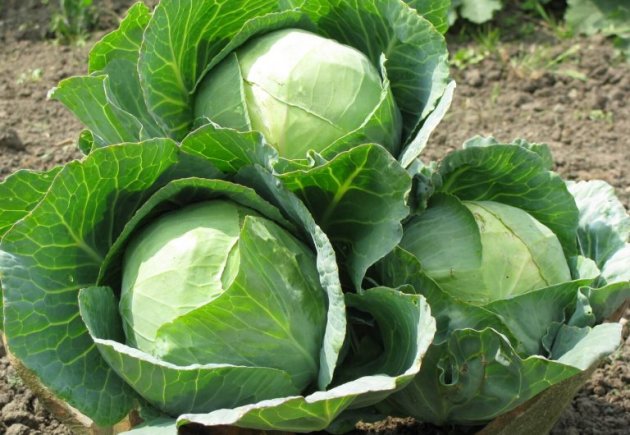
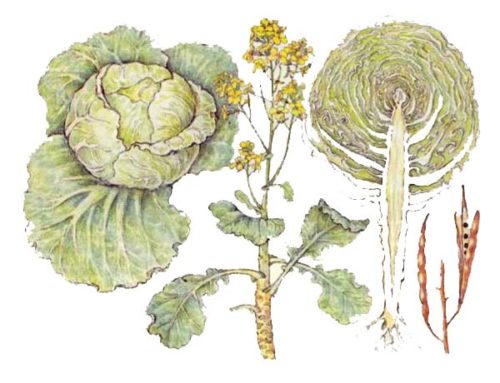
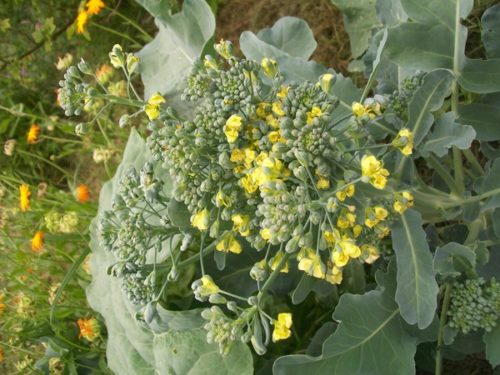
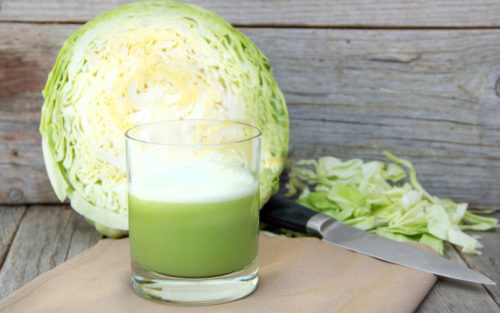
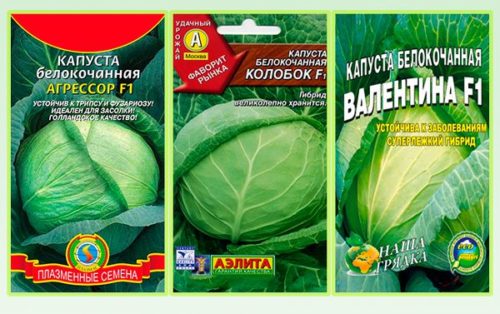
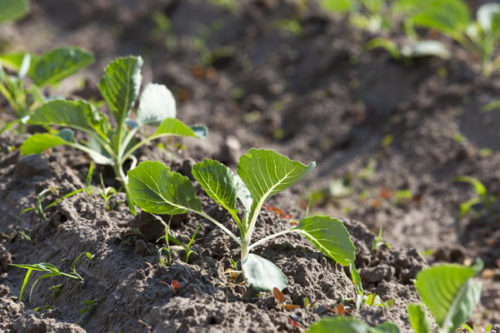
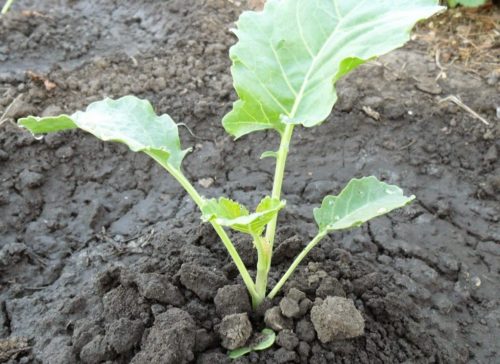
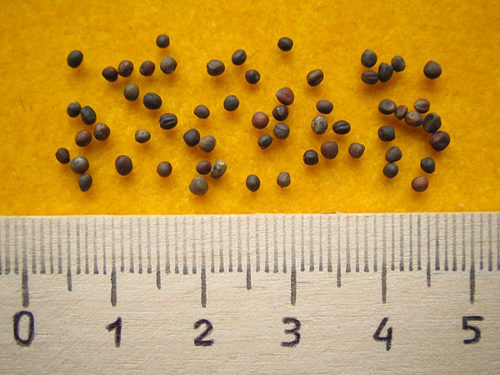
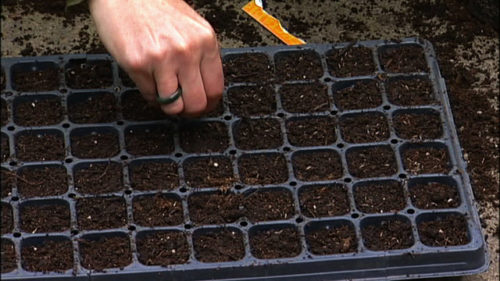
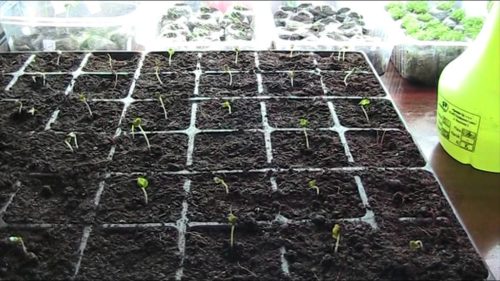
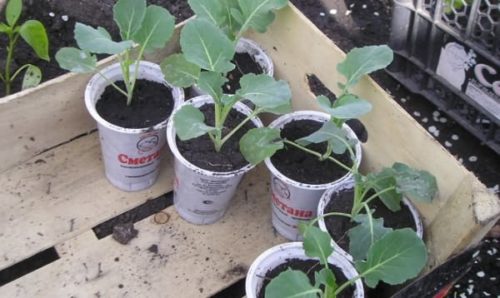
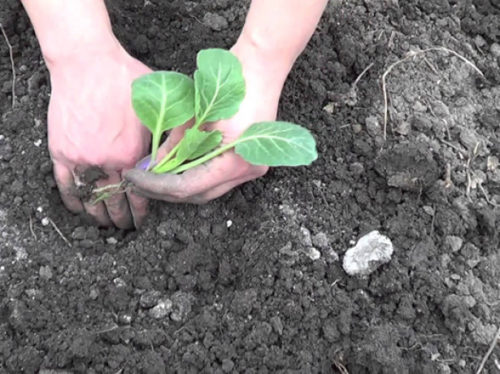

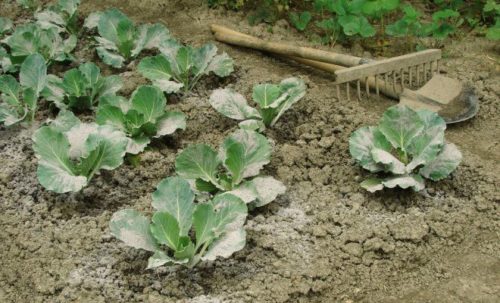
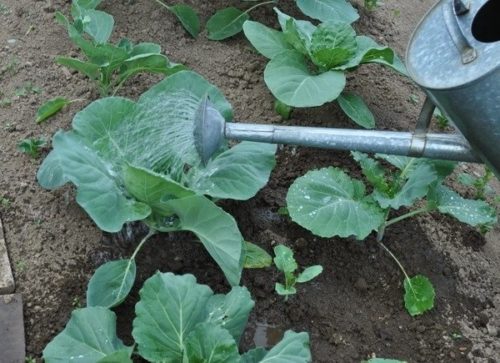
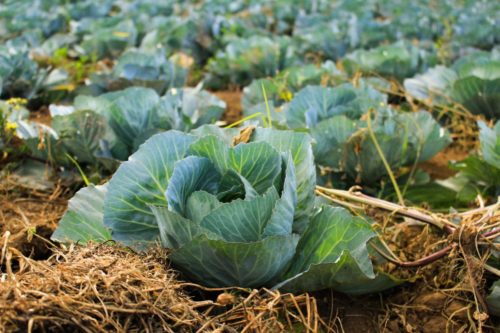
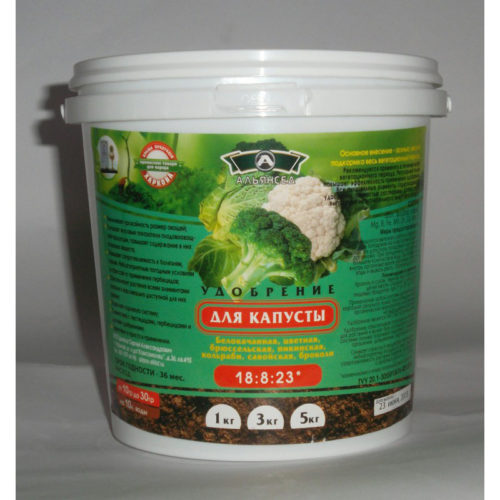
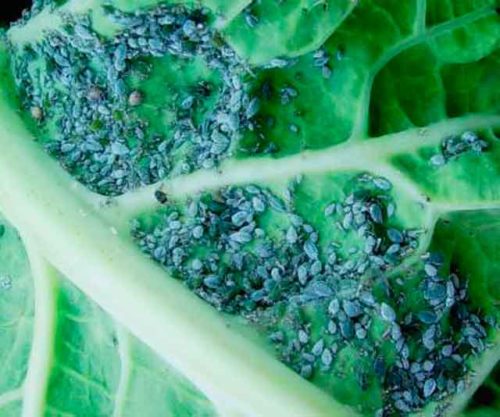
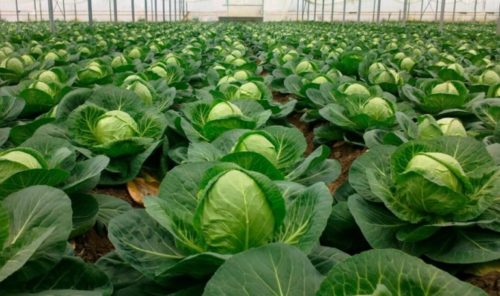
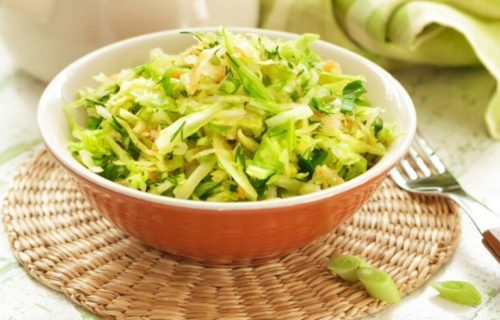












 Start a discussion ...
Start a discussion ...